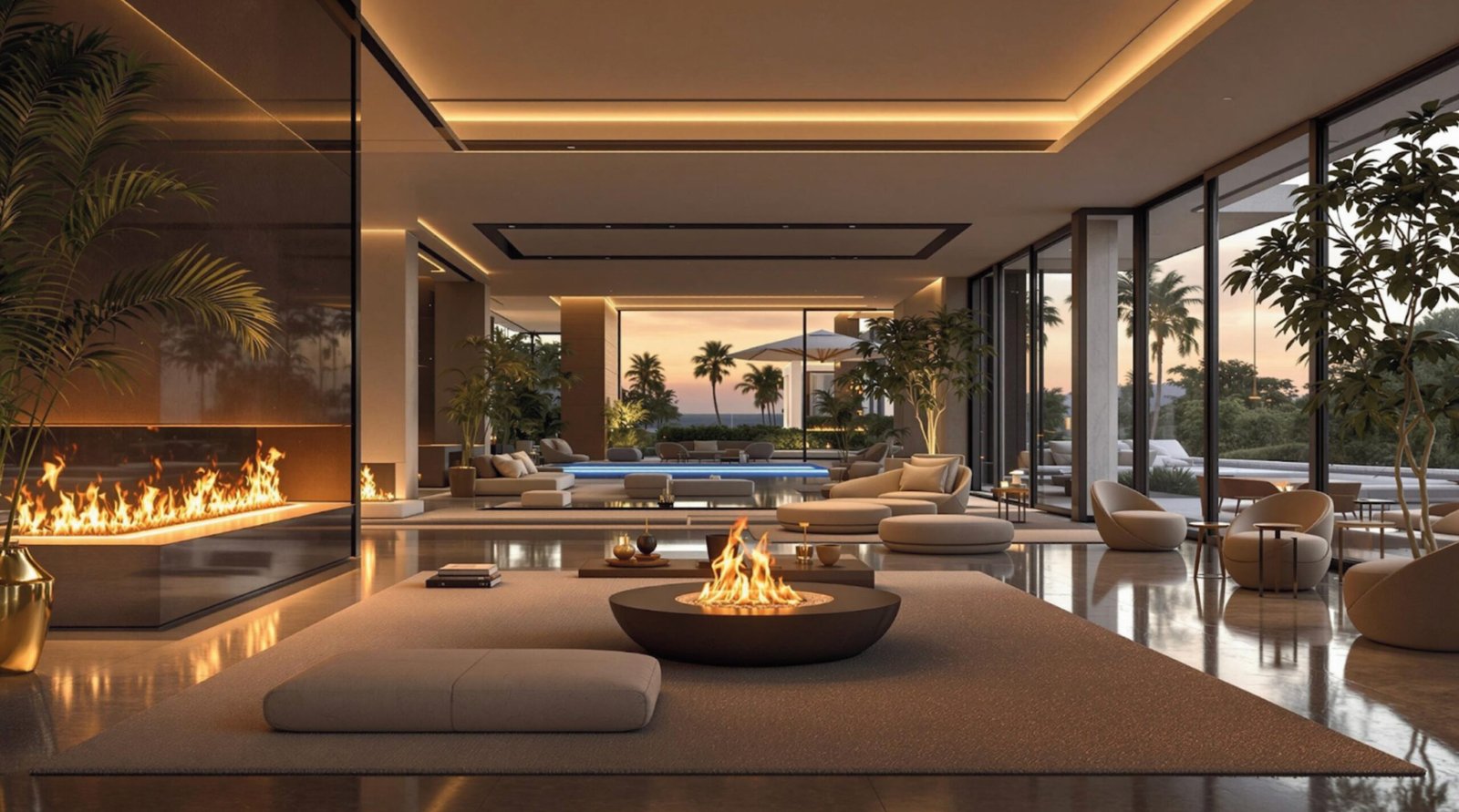
Since the dawn of humanity, fire has played a fundamental role in our lives, offering warmth, protection, and a sense of gathering. In ancient times, it was a matter of survival. But with the invention of chimneys, fire was brought safely indoors, forever transforming the way we experience comfort at home.
The fireplace soon became more than just a practical solution to cold weather. It evolved into a central feature of the home: a place where families gathered, stories were shared, and memories were made. Especially in colder climates, fireplaces became a focal point in residential design, adding both warmth and meaning to indoor spaces.
Over the centuries, fireplaces began to reflect the aesthetic tastes of each era. From rustic stone hearths to elaborately carved mantels, they became decorative centerpieces, influencing furniture placement and establishing a cozy atmosphere in living rooms and private areas.
With technological advancements came gas and electric heaters, offering efficient heating alternatives. Yet the fireplace has never lost its emotional appeal. It continues to evoke feelings of nostalgia and intimacy, reminding us of simpler times. The element of fire is more than a physical source of heat; it’s a powerful symbol of emotional warmth, comfort, and connection.
Today, fireplaces are reimagined in countless ways: from sleek, modern inserts and suspended models to bioethanol and electric fireplaces that offer environmentally friendly solutions without losing the charm of a traditional flame. Designers embrace these innovations to create cozy atmospheres that combine sustainability with style.
Especially during the fall and winter seasons, the fireplace becomes a sanctuary, a place that draws people together and brings a sense of peace to the home. In every flicker of flame, there is a story, a memory, and a feeling that transcends time.
